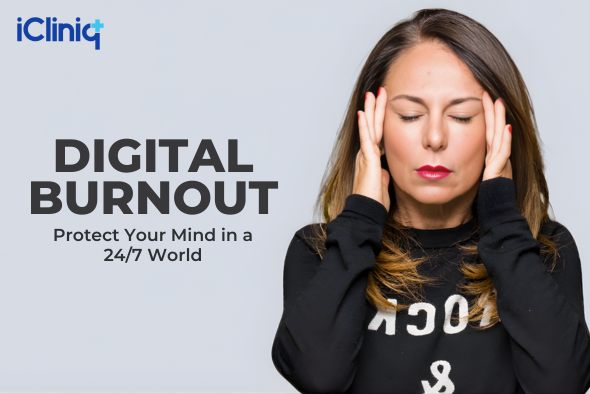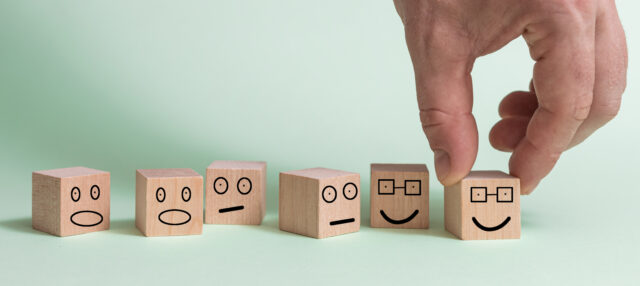Today’s digital world can feel incredibly immersive and, at times, overwhelming. It appears that people are constantly connected to their digital devices. The notifications, work emails, and messages are never-ending, leading to screens being constantly in users’ field of vision, right from the moment they wake up to the moment they go to sleep.
What Is Digital Burnout?
This issue, known as digital burnout, has become a prominent topic of conversation. It shows up as tiredness, irritability, low focus, poor sleep, and a sense of being mentally “full.”
Unfortunately, most people don’t even realize they’re experiencing burnout until they feel completely drained. Many individuals assume this constant state of exhaustion is normal, which is why awareness around the condition is so important.
Why Does It Happen?
Modern online habits push our brains to operate at full speed. Frequent switching between apps, emails, texts, and social feeds keeps the mind overstimulated. Instead of real breaks, we scroll. Instead of resting, we watch more content. Over time, the brain becomes overwhelmed. This pattern creates a cycle where the mind rarely gets uninterrupted downtime, which slowly erodes mental clarity.
Fortunately, digital burnout is reversible. A few changes in habits on the user’s side would result in positive changes.
Set Personal Device Boundaries
The most impactful changes would be setting strong personal use device boundaries. This shift would allow users to have personal control over device use in the direction they desire. The user should also try to have screen-free time, especially in the mornings, and avoid notifications from their devices.
The time to reset the brain and spend time away from devices is incredibly valuable and should be made available. Creating such intentional spaces helps the brain recalibrate and encourages healthier digital patterns.
Protect Your Focus
Next on the list is protecting your focus. Do one thing at a time. Close the tabs on your screen that are not currently in use. Disable the notifications that are not relevant. Your mind does best without micromanagement. Plus, practice digital downtime.
Take a break from screens during your time off. Take a break from your device to stretch, go for a walk, breathe, or simply sit. Even a few minutes of disconnecting can improve your focus. These simple actions can reduce mental clutter and enhance productivity.
Build Tech Healthy Habits
Finally, build some tech-healthy habits. Prioritize not scrolling at night, reduce social media usage, and have in-person conversations rather than relying too heavily on digital interactions.
It is all about balance, not completely cutting out tech, but rather using it more consciously. Digital burnout is a real factor, but with conscious small habits, your mental energy can be protected. In a 24/7 world, your mind deserves moments of calm, rest, and space.
Publisher: Source link









